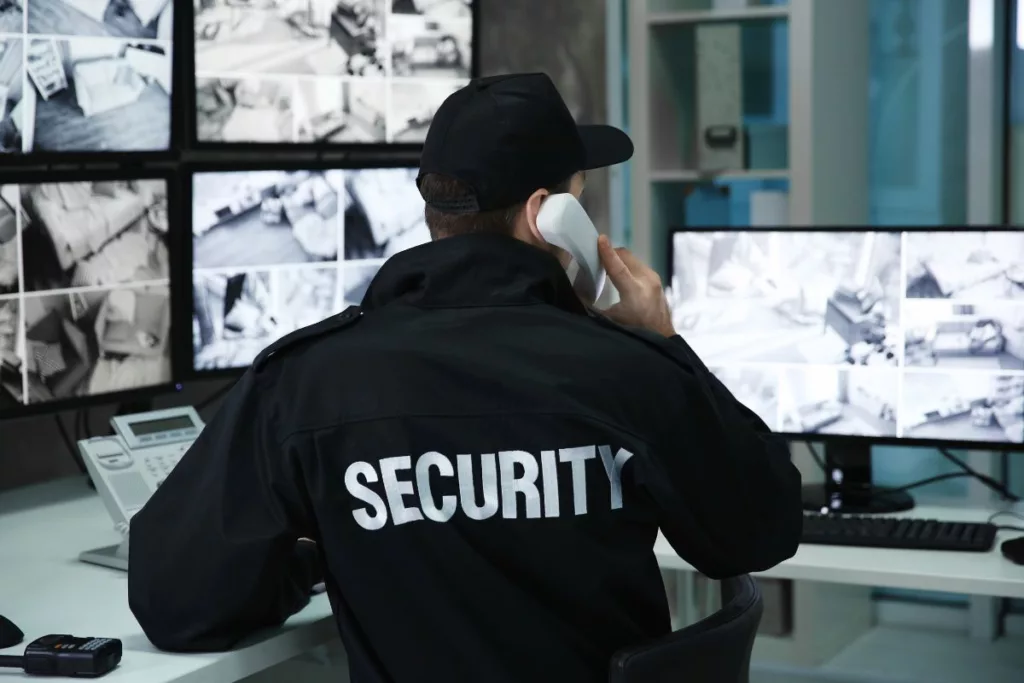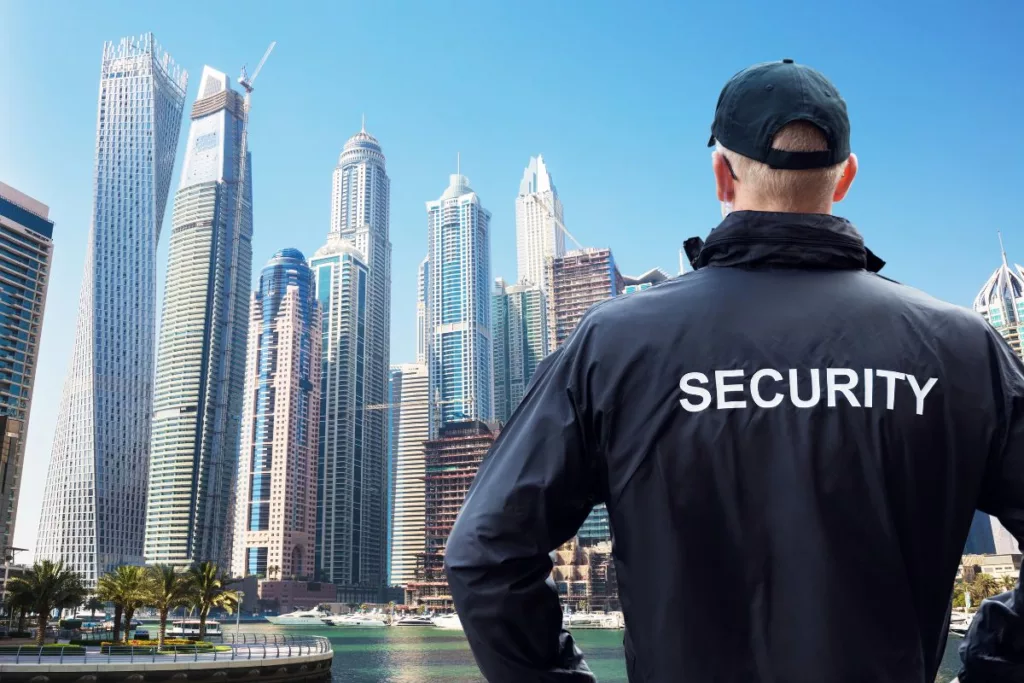Objectives and Scope of Corporate Security
Protecting Assets, Personnel, and Information
At its heart, corporate security is a value-preservation function. Shareholder value depends on safe people, uncorrupted data, intact facilities, and uninterrupted operations. Security teams therefore build frameworks to prevent negative events, detect them quickly when prevention fails, and respond in ways that minimise impact. The concept of “assets” is broad: it covers obvious tangibles (cash, servers, machinery) but also intangibles such as reputation, trade secrets, customer trust, and brand equity.
The CIA Triad Applied to Business
Borrowed from information-security doctrine, the confidentiality-integrity-availability (CIA) triad now guides enterprise-wide protections:
- Confidentiality ensures that proprietary formulas, HR files, or merger plans stay out of competitor or criminal hands.
- Integrity guarantees that data—financial records, engineering drawings, quality-control readings—remains accurate and tamper-free.
- Availability confirms that resources (networks, plants, supply chains) are accessible when needed, enabling revenue generation and customer service.
Supporting Business Continuity and Compliance
Security is bound by the twin imperatives of business continuity and regulatory compliance. From ISO 27001 for information security to OSHA requirements for workplace safety and the 2024 U.S. SEC cybersecurity-incident disclosure rules, companies must prove they can withstand disruptions while meeting legal duties of care. A mature security program therefore embeds risk analysis into enterprise planning, syncs with disaster-recovery playbooks, and keeps audit trails that demonstrate due diligence to regulators, insurers, and customers alike.
Key Elements and Types of Corporate Security
Physical Security
Access Control. Modern facilities rarely rely on metal keys alone. Instead, badge readers, PIN pads, mobile credentials, and increasingly biometrics (fingerprint, facial recognition, vein mapping) restrict entry to vetted individuals on a “least privilege” basis—meaning staff get into only the zones essential for their roles.
Surveillance. Cameras have evolved from passive recorders to active sensors that trigger alerts on motion, line-crossing, or unusual behavior patterns. Edge analytics flag tailgating, abandoned objects, or loitering long before human operators might notice.
Alarms and Monitoring. Intrusion sensors, door-prop alarms, glass-break detectors, and environmental monitors (temperature, humidity, water) all sit on an IP backbone feeding a security operations center (SOC). When thresholds trip, response protocols are launched automatically, shaving minutes off incident times.
Security Officers and Patrols. Human presence still matters. Officers verify IDs, conduct perimeter sweeps, escort visitors, and provide an immediate deterrent effect that technology alone cannot deliver. Increasingly, guards also operate drones or robotic platforms to extend their situational awareness.
Personnel Security
People can be both an organisation’s greatest asset and its greatest vulnerability. Personnel security includes:
- Pre-employment Screening: Identity verification, criminal-record checks, education and licence confirmation, and—at senior levels—financial probity and reputation review.
- Ongoing Vetting: Periodic rescreening, insider-threat monitoring, and continuous evaluation of access rights as employees change roles or personal circumstances shift.
- Security Awareness Training: Phishing-resistance workshops, clean-desk policies, social-engineering drills, and clear guidance on reporting suspicious activity.
- Visitor Management: Registration kiosks, temporary badge issuance, escort requirements, and post-visit audit logs.
Information Security
While the CISO typically leads cyber initiatives, physical and cyber defenses must converge to keep data safe. Key pillars include:
- Network Security: Firewalls, intrusion-prevention systems, segmentation, and zero-trust architectures disable lateral movement for attackers.
- Endpoint Defense: Anti-malware, application whitelisting, device-control policies, and patch management across laptops, tablets, and IoT devices.
- Encryption: Data-at-rest (disk, database) and data-in-transit (VPN, TLS) encryption neutralise eavesdroppers and laptop theft alike.
- Identity & Access Management (IAM): Multi-factor authentication (MFA), privileged access management (PAM), and just-in-time credential provisioning shrink attack surfaces.
- Monitoring & Response: Security information and event management (SIEM) platforms, 24×7 SOC analysts, and automated containment via extended detection and response (XDR).
Intellectual Property (IP) Protection
Global R&D and complex supply chains expose proprietary knowledge to espionage and counterfeiting risks. Defensive measures include:
- Patent and Trademark Filings: Proactive registration in key markets closes legal loopholes.
- Digital-Rights Management and Watermarks: Trackable markings in CAD files or chemical gels prove provenance.
- Secure DevOps Pipelines: Integrate code scanning and secrets-management to stop IP leaks during software development.
- Third-Party Vetting: Supplier assessments ensure contract manufacturers use clean rooms, log access, and separate client projects.
Operational Security (OPSEC)
Borrowed from the military, OPSEC identifies critical information, analyses adversary capabilities, assesses vulnerabilities, and applies countermeasures. In corporate settings this covers:
- Travel Security: Executive-protection details, route-risk assessments, and local threat intelligence for overseas trips.
- Crisis Management: Cross-functional incident-command structures, playbooks for natural disasters, cyber breaches, or activist disruptions.
- Regulatory Health & Safety: Adherence to OSHA, fire codes, environmental rules, and industry-specific mandates (e.g., FDA Good Manufacturing Practice).

Core Components of Corporate Security Systems
Access Control Systems
Keycards remain common, but biometrics and mobile credentials are rapidly replacing them. Biometric templates are stored encrypted and—crucially—separated from personally identifiable information (PII) to reduce data-breach impact. Integration with HR directories enables auto-provisioning and instant revocation when employment status changes.
Video Surveillance and Monitoring
Hybrid on-prem/cloud video platforms allow edge cameras to record locally for resilience while streaming low-bandwidth previews to a central command. AI modules can analyse hundreds of feeds in real time, surfacing only anomalies to human operators, thus converting terabytes of footage into actionable intelligence without “alert fatigue.”
Alarm and Alert Systems
Sensors no longer operate in silos; building-management systems, fire panels, intrusion alarms, and even HVAC telemetry share events through message buses such as MQTT. The SOC receives correlated alerts—e.g., a forced door plus motion after hours escalates to higher severity than either signal alone.
Cybersecurity Toolsets
Firewalls now include deep-packet inspection, data-loss-prevention (DLP) features, and sandboxing. Anti-virus has evolved into endpoint detection and response (EDR) with behavior analytics. MFA is often adaptive, applying stricter challenges if logins come from a new device or geolocation anomaly.
Security Policies, Procedures, and Training
Technology without governance breeds gaps. Written policies define what must be protected and why, procedures describe how, and playbooks specify when and by whom. Regular tabletop exercises, phishing simulations, and hands-on spill drills rehearse those steps so reaction becomes muscle memory instead of panic.
Roles and Responsibilities in Corporate Security
Security Leadership
Chief Security Officer (CSO) or VP Security. Oversees the global security vision, aligns it with business objectives, and reports key risk indicators to the board. Increasingly, the CSO chair a multidisciplinary “fusion” function spanning physical, cyber, fraud, and resilience.
Chief Information Security Officer (CISO). Partners with the CSO or sits parallel, focusing specifically on digital risk, cloud strategy, and data-privacy compliance. Where the CSO owns guards and gates, the CISO governs firewalls and encryption—but the boundary is blurring as IoT and OT (operational technology) connect shop floors to corporate LANs.
Security Managers and Supervisors
Regional or site-level heads translate strategy into tactics: budgeting guard services, approving camera layouts, scheduling drills, liaising with facility managers, and acting as incident commanders during local crises.
Security Officers and Front-Line Personnel
Duties span patrols, visitor escorts, badge checks, SOC monitoring, report writing, evidence preservation, and first aid. In hybrid roles, some officers now mine data dashboards—eye-tracking analytics or access-pattern heat maps—for proactive anomaly detection rather than purely reactive response.
Policy and Compliance Specialists
These professionals map internal controls to regulations such as GDPR, HIPAA, PCI-DSS, or the new EU NIS 2 directive. They handle audits, vendor questionnaires, and customer security addenda. Fluent in legal language yet grounded in technical reality, they bridge lawyers and engineers.
Cross-Functional Collaboration
Effective security demands tight coupling with:
- IT/DevOps: to embed security in cloud deployments and CI/CD pipelines.
- HR: for onboarding, terminations, and insider-threat watch-lists.
- Legal: for evidence handling, breach notification, and contract clauses.
- Facilities/Real Estate: to integrate electronic locks, turnstiles, and surveillance into building projects.
- Third-Party Vendors: guarding services, threat-intelligence providers, managed detection-and-response (MDR) firms.

Strategies and Best Practices
Proactive Risk Identification and Assessment
Annual or semi-annual enterprise risk assessments score threats by likelihood and business impact, producing a heat map that guides investment. Modern platforms automate much of the data gathering—vulnerability-scanner outputs, incident tickets, insurance claims—then apply quantitative risk-analysis models (e.g., FAIR) to express exposure in financial terms senior leaders understand.
Layered, Integrated Security (Defense in Depth)
A single barrier rarely stops a motivated adversary. Instead, multiple overlapping layers—deterrence, detection, delay, and response—ensure that defeating one control simply pushes the attacker into the view of another. For instance, badge plus biometric prevents credential theft; if that fails, a real-time camera alert plus armed response further constrains the threat window.
Continuous Auditing, Updates, and Drills
Static configurations lose relevance as attackers evolve. Patch cadences for software, firmware updates for access controllers, and camera-firmware security fixes require disciplined change management. Penetration tests and red-team exercises reveal unknown vulnerabilities, while blue-team incident-response drills test detection and decision-making under pressure.
Employee Awareness and Culture
The human firewall is still the first line of defense. Best-in-class programs:
- Deliver bite-size micro-learning modules monthly rather than a single annual lecture.
- Use gamification—points, leaderboards, coffee-voucher rewards—to drive engagement.
- Share sanitized incident stories so staff see the real-world impact of both success and failure.
- Reinforce principles at every stage—from induction to exit interviews—to sustain vigilance.
Crisis Management and Business Continuity Planning
When major incidents occur—a ransomware lockdown, workplace violence, a hurricane—time saved equals losses averted. Mature organisations maintain:
- Incident-Command Structures (ICS): predefined roles (commander, operations, logistics, communications) and a chain of escalation.
- Alternative Facilities: fail-over data centers, mutual-aid agreements for manufacturing, or distributed workforce strategies for remote continuity.
- Public Communication Plans: templated press releases, preapproved social-media messages, and designated spokespersons to manage stakeholder perception.
Challenges and Evolving Threats
Sophistication of Cyber Threats and Insider Risks
Attackers now combine social engineering, zero-day exploits, deepfake voice phishing, and supply-chain infiltration to bypass traditional defenses. Meanwhile, insiders—disgruntled employees, careless contractors, or financially pressured staff—pose subtle, long-dwell threats. Behavioural-analytics platforms monitor file movements, unusual login times, or geolocation anomalies to surface suspicious activity before it becomes destructive.
The Impact of Remote Work and Digital Transformation
The COVID-era pivot to remote work persists, scattering endpoints and stretching perimeter defenses thin. Cloud SaaS, BYOD, and home Wi-Fi introduce heterogenous, less-controlled environments. Security teams counter with zero-trust network access (ZTNA), secure access service edge (SASE), and ubiquitous MFA, but the human element—shared living spaces, family devices, distractions—keeps risk elevated.
Balancing Security with Operational Efficiency and Privacy
Over-zealous controls can slow productivity, frustrate employees, and erode morale. Biometric access readers raise privacy concerns; excessive video surveillance risks legal exposure under GDPR or CCPA. The art lies in a risk-based approach—applying stricter measures to high-value processes or data, while streamlining low-risk workflows. Privacy-by-design, data-minimisation, and transparent privacy policies reassure both regulators and staff.
Adapting to Changing Regulatory Requirements
Laws evolve faster than ever. The EU’s AI Act may soon impose audit requirements on facial-recognition systems; multiple U.S. states now mandate cyber incident-reporting within days, not months; and ESG (environmental, social, governance) frameworks expect disclosure of security preparedness as a material business factor. Security leaders must track legislative pipelines, engage legal counsel early, and design flexible controls that can be tightened or relaxed as statutes dictate.
